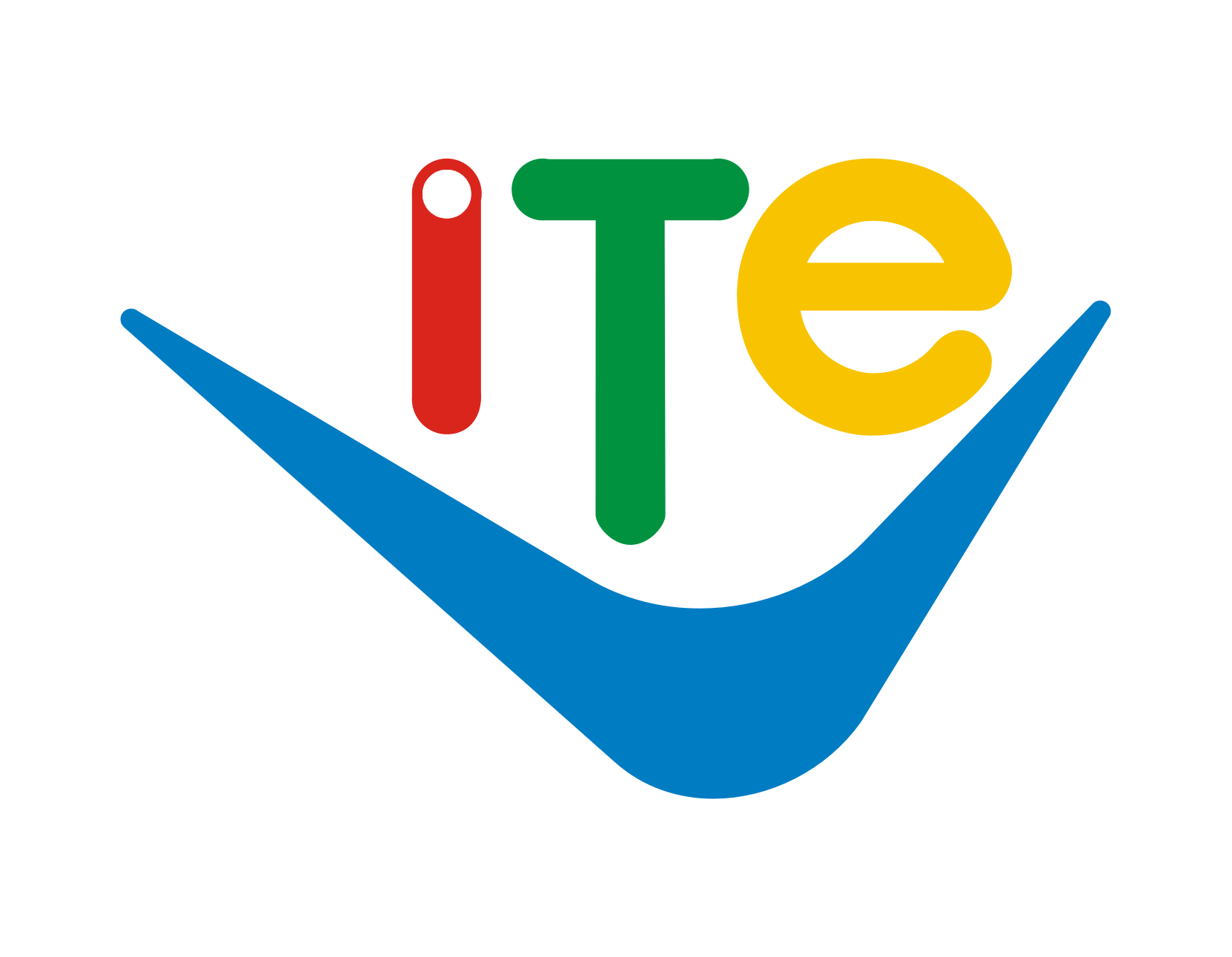H5P DIDACTIC TOOLS TO SUPPORT DISTANCE LEARNING IN HIGHER EDUCATION
Abstract
The digitalization of education in combination with the student-centered approach, which is based on theories of learning, generations and individualized learning styles, highlights the need to develop interactive didactic tools to support e-learning. On the other hand, the widespread introduction of distance learning in the conditions of quarantine restrictions caused by COVID-19 increases the need to modernize both the resource and organizational and methodological support of the educational process. The materials of this article are devoted to the study of the possibilities of using freely distributed H5P tools to support distance learning in higher education institutions. We analyzed the state of research of the problem of development and implementation of interactive didactic H5P tools in domestic and foreign institutions of higher education; Insufficient use of this tool in domestic universities despite the presence of successful foreign practices has been identified. According to the results of a comparative analysis of the functionality of various means of supporting distance learning, which have become most common in higher education institutions, the benefits of using H5P to maximize the involvement of students in distance learning. The wider possibilities of creation, use and distribution of interactive educational elements on the basis of H5P in comparison with other electronic educational technologies are shown. The results of a survey of NULES of Ukraine teachers on determining the complexity and importance of using different H5P tools to support distance learning are presented. Based on the analysis of teachers' needs, the need for specialized training on pedagogical design of the content of didactic materials H5P, delivery technologies and methods of their use in teaching various disciplines of higher education.
Downloads
Metrics
References
2. Глазунова О.Г., Мокрієв М.В., Кузьмінська О.Г., Якобчук О.В. (2018). Архітектура гібридного хмаро-орієнтованого середовища навчального закладу: колективна монографія. Київ: Інтерсервіс, 238c.
3. Kuzminska О., Mazorchuk M., Morze N., Pavlenko V. & Prokhorov A. (2019). Study of Digital Competence of the Students and Teachers in Ukraine, CEUR Workshop Proceedings, 1007, 148–169. Retrieved from: http://ceur-ws.org/Vol-2104/paper_169.pdf (Дата звернення 18.07.2021).
4. Stauffer, B. (2020). What’s the difference between online learning and distance learning? The Applied Education System. Retrieved from: https://www.aeseducation.com/blog/online-learning-vs-distance-learning. (Дата звернення 18.07.2021).
5. Колб, Девід А. (2015) . Навчання на досвіді: досвід як джерело навчання та розвитку (2-е видання). Верхня Седл-Рівер, штат Нью-Джерсі: Освіта Пірсона. ISBN 9780133892406. OCLC 909815841.
6. El Refae, G.A., Kaba, A. & Eletter, S. (2021) Distance learning during COVID-19 pandemic: satisfaction, opportunities and challenges as perceived by faculty members and students", Interactive Technology and Smart Education, Vol. ahead-of-print No. Ahead-of-print.
Retrieved from: https://www.emerald.com/insight/content/doi/10.1108/ITSE-08-2020-0128/full/html (Дата звернення 18.07.2021).
7. Z. Homanova, T.Havlaskova (2019). H5P interactive didactic tools in education, EDULEARN19 Proceedings, pp. 9266-9275. Retrieved from: https://library.iated.org/view/HOMANOVA2019H5P
8. Кузьмінська О.Г. (2012). Персональне освітнє середовище – перший крок до віртуальної освіти [Електронний ресурс]. Віртуальний освітній простір: психологічні проблеми (Психологія нового тисячоліття): междунар. наук-практ. Інтернет-конф., 28 травня 2012 р.: тези доповідей. – URL: https://www.newlearning.org.ua/print/90
9. D. R. Santos, C. R. Cordon and M. Palomo-Duarte (2019). Extending H5P Branching Scenario with 360° scenes and xAPI capabilities: A case study in a local networks course. International Symposium on Computers in Education (SIIE), pp. 1-6, doi: 10.1109/SIIE48397.2019.8970117.
10. Wicaksono, Julien & Setiarini, Rimbi & Ikeda, Osamu & Novawan, Adriadi. (2021). The Use of H5P in Teaching English. 10.2991/assehr.k.210101.049. Retrieved from: https://www.researchgate.net/publication/348285517_The_Use_of_H5P_in_Teaching_English
11. Zeller, D., Gökkuş, Y., Kremer, R., & Bohrmann‐Linde, C. (2021). H5P videos in chemical didactics. CHEMKON. doi:10.1002/ckon.202100010
12. Manacek, S., Figg, B., Hicks, T., & Scheirmann, A. (2020, October). H5P Interactive Video: An Opportunity to Personalize Learning. In SITE Interactive Conference (pp. 520-526). Association for the Advancement of Computing in Education (AACE). Retrieved from: https://www.jimmunol.org/content/204/1_Supplement/222.9
13. Аврамчук А.М. (2017). Використання сервісу H5P для викладання мовних дисциплін. 6-8. URL: https://core.ac.uk/download/pdf/154283835.pdf
14. Мокрієв, М. (2020). Інтеграція навчально-наукових підсистем в єдине інформаційно-освітнє середовище (на базі відкритого програмного забезпечення). Електронне наукове фахове видання “Відкрите освітнє е-середовище сучасного університету”, (8), 60-71. https://doi.org/10.28925/2414-0325.2020.8.7
15. H5P. Create, share and reuse interactive HTML5 content in your browser. [Електронний ресурс]. – Режим доступу до ресурсу: https://h5p.org.












